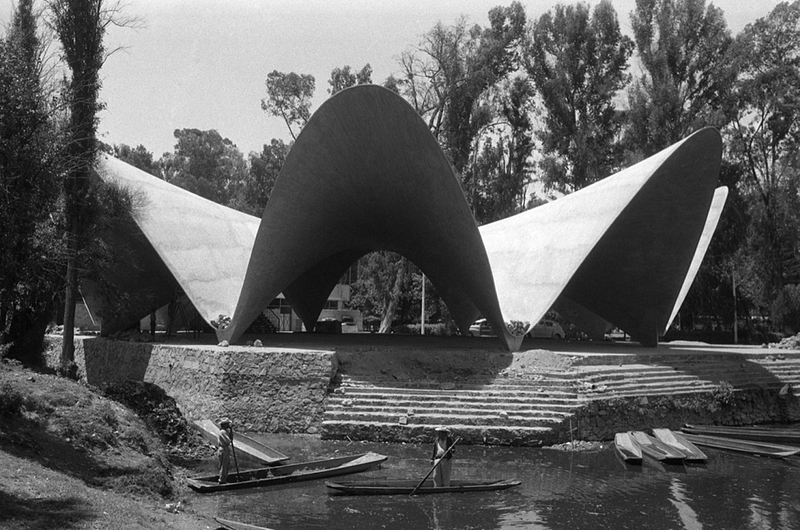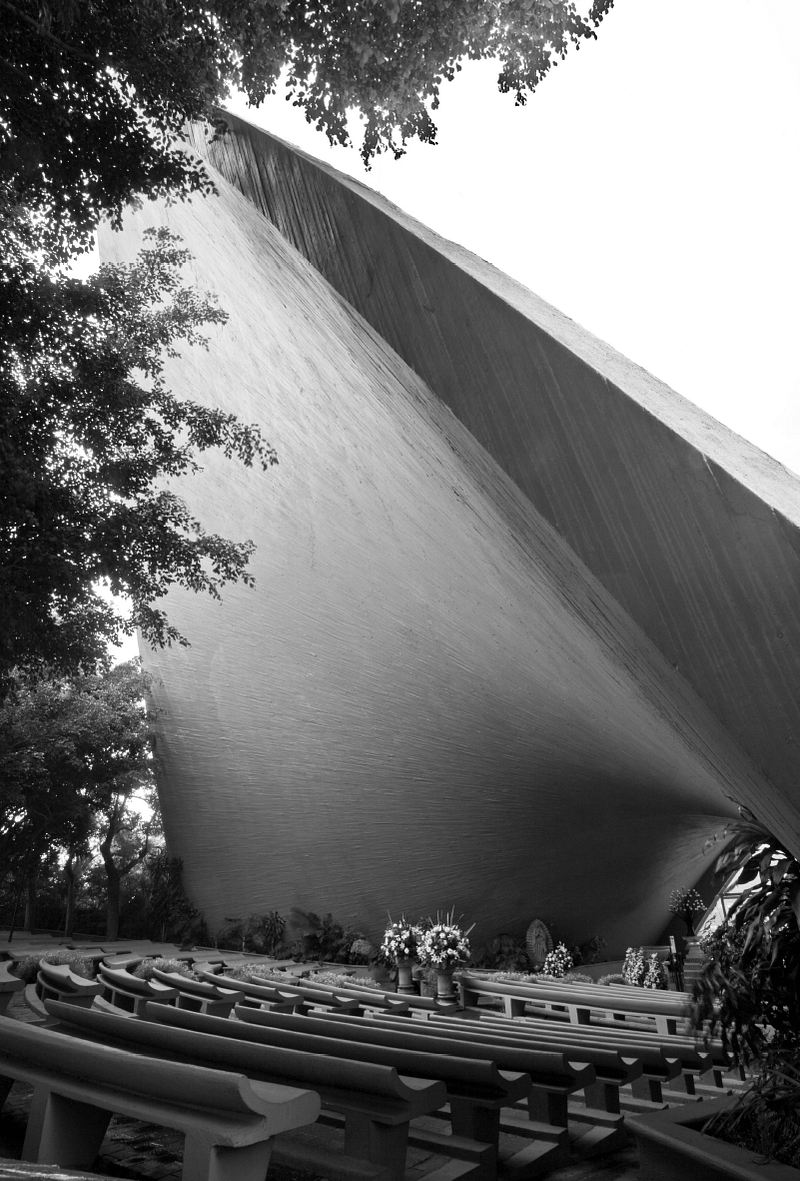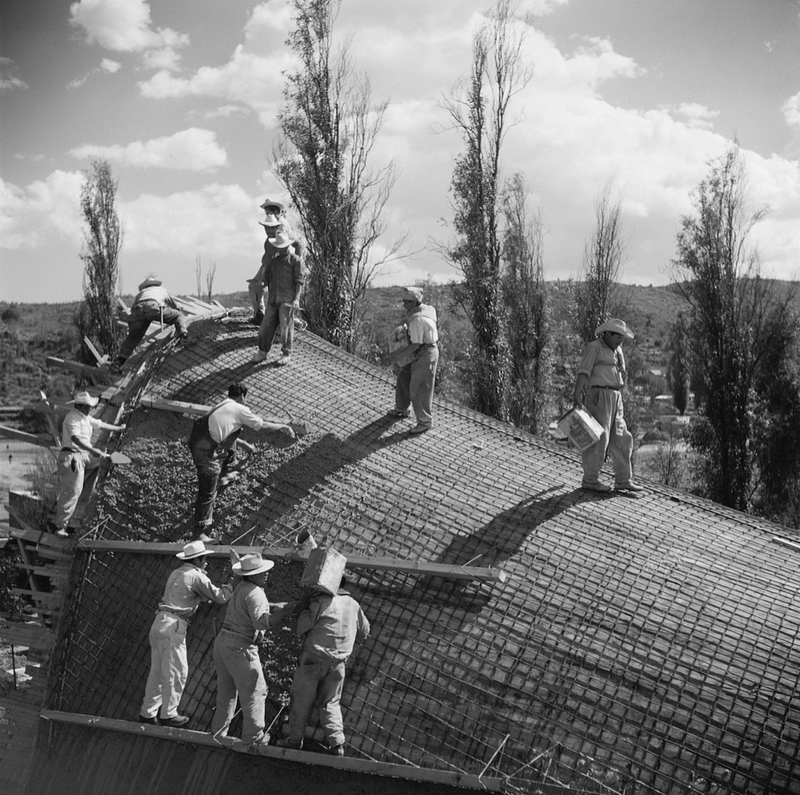Félix Candela's Concrete Shells: An Engineered Architecture for México and Chicago
Friday, Jan 19, 201810 AM — Saturday, Mar 3, 20186 PMCST
Chicago, IL, US | Gallery 400 / 400 South Peoria Street (MC 034)
Related
This exhibition features the work of influential architect Félix Candela (1910-1997) through architectural models, plans, and photographs. The show highlights Candela's time in Mexico and Chicago, and the impact his work had through these locations.
Félix Candela's Concrete Shells is installed in Gallery 400 at the College of Architecture and the Arts, University of Illinois. The exhibition runs through March 3, 2018 and is curated by Alexander Eisenschmidt. Admission is free.

Félix Candela's Concrete Shells: An Engineered Architecture for México and Chicago roots Félix Candela (1910-1997) as one of the most prolific architects of the 20th century in his advanced geometric designs and lasting influence in contemporary architecture. It originated through the research of scholar Juan Ignacio del Cueto and is curated by the architectural theorist and designer Alexander Eisenschmidt. The exhibition spotlights Félix Candela’s Concrete Shells through photographs, architectural models, and plans, as well as his time as a professor at the School of Architecture at the University of Illinois at Chicago from 1971-1978.

Born in Spain, Candela exiled to Mexico at the end of the Spanish Civil War in 1939, where he lived for thirty years and established his career as an architect. In the 1950s, ten years into his practice in Mexico, Candela debuted his experimental signature shell structures by designing a continuous curved surface of minimal thickness. His designs evolved as feats of architectural engineering, using hyperbolic paraboloid geometry to create numerous reinforced concrete shells. These curved and cantilevered forms were not only structural advancements but also brought new textural and atmospheric qualities to the social and communal spaces they shelter. Famous Candela structures include the Pavilion of Cosmic Rays at UNAM, Mexico City (1951); the Chapel Lomas de Cuernavaca, Cuernavaca (1958); Los Manantiales Restaurant, Xochimilco (1958); and the Palace of Sports for the 1968 Olympic Games in Mexico City.

In Chicago’s built environment, parallels to Candela’s work can be seen in the experiments with concrete architecture of the 1960s, including Walter Netsch’s UIC Campus and Bertrand Goldberg’s Marina City. Recently, formal influences of his innovations can be found in works by Zaha Hadid’s Heydar Aliyev Ali (Azerbaijan, 2013), FOA’s Yokohama Terminal (Japan, 2002), and UNstudio’s Burnham Pavilion (Chicago, 2009).
Félix Candela's Concrete Shells: An Engineered Architecture for México and Chicago is a collaboration between the University of Illinois at Chicago (UIC) and the Universidad Nacional Autónoma de México (UNAM).


RELATED NEWS The curved concrete of experimental architect Félix Candela on display in Chicago

RELATED NEWS MoMA announces an upcoming exhibition on Yugoslav concrete architecture


Share
0 Comments
Comment as :